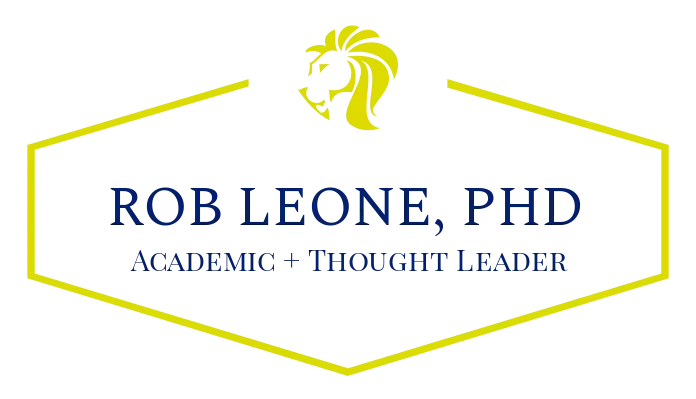Cabinet shuffles are a tried and true feature of parliamentary government. The punditry will always make some assessment of winners and losers in a cabinet shuffle. Nevertheless, we should view it as an essential tool of good governance and sound public administration.
Because of a permanent bureaucracy, we enjoy the spectacle of cabinet rotation to make sure political masters of this army of public servants are checked against what has been termed self-absorption – which occurs when bureaucracies are more concerned about satisfying internal organizational needs ahead of the needs of the public it serves. On that front, Premier Kathleen Wynne was very much in need of an organizational shakeup.
It is through that lens that we can begin to assess this cabinet shuffle. In energy, where former Minister Chiarelli was waste deep in the energy sector fundraising lobby, it is hard to not see how badly a new political minister was required to provide a fresh view among the entrenched energy players. In education, former Minister Liz Sandals held the post since Premier Wynne came to office in 2013, and she is widely credited for restoring the soured relations between the teacher federations and the government. However, without any fundamental changes to the province’s second biggest ministry, self-absorption has certainly set in and change was needed.
Perhaps the more troubling feature of this new cabinet is its size. Many pundits will point to the fact that at 30 ministers, this cabinet is now bigger than the federal government, and definitely the largest of any province. There are several governance problems with this growth in cabinet that go beyond the perception it gives a skeptical public of a government that lacks fiscal discipline.
The first is an accountability problem. Academics who study cabinets and parliaments will often point to the ratio between the size of the government caucus members and the size of cabinet. This is important because a greater ratio provides an environment for more backbench independence to emerge and for the executive council to heed the concerns of government members.
More than half of the government caucus is now in cabinet, and this renders the rest of the government caucus as weak and ineffectual. Combine this with the fact that every other backbencher has a parliamentary assistant position and/or committee chair, and the entire government backbench does not have an independent voice to hold its own leader’s feet to the fire.
The other problem regarding the extraordinary size of this cabinet relates to political staff. The size of a ministerial staff office compared to non-cabinet political staff office is massive. The opposition critics may have one or two staffers to help them scrutinize government compared to 10 times as many for the minister’s political staff contingent (in addition to the legions of public servants who carry out their duties as well).
This imbalance has significant democratic implications, for the scrutiny of government activity is not given even close to the weight it deserves when the government staff contingent is massively outmatching its opposition counterparts both in number of personnel and salaries. This imbalance has been accentuated thanks to austerity measures that have frozen the office budgets of MPPs for years, while the government’s cabinet grows unrestrained.
Given the hoopla over the government’s election finance policies, and the stated goal of creating a fairer democracy, one should view this growth in the size of cabinet with a degree of skepticism. What it amounts to is a tilting of the balance in our parliamentary system toward the government by stealth. None of the punditry has recognized how potent bigger cabinets can be to the health and vitality of democratic governance.
In addition to the common criticism that this government lacks fiscal discipline, which a bigger cabinet does not dispel, the Achilles heal of this government is its deficiency when it comes to accountability, transparency, ethics, and the subversion of democracy. On this count, the cabinet shuffle should be viewed as yet another example of the government running offside of what the voting public expects from its government.
If the opposition seizes on this point, this shuffling of ministers could lead to a scuttling of a government.
This article appeared in Queen’s Park Briefing. Visit QPBriefing.com to subscribe to this publication and stay on top of all things related to Ontario government and politics!
